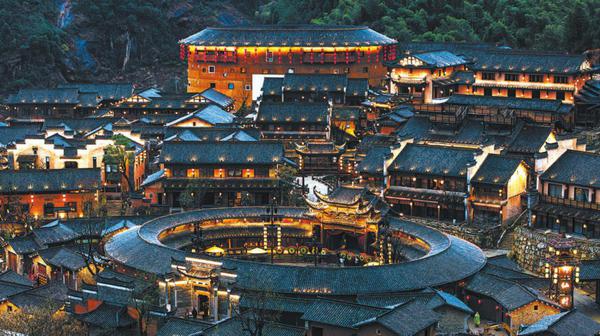
Wangxiangu Valley in Shangrao, Jiangxi province, has become a popular tourist attraction. (Photo provided to CHINA DAILY)
A defunct mining site in Shangrao, Jiangxi province, has become a viral tourism spot, boosting rural jobs and the local economy through creative redevelopment.
The transformation did not occur overnight. Since 1998, Wangxian township in Shangrao has been an industrial center for granite plate product. It boasts about 200 production lines and provides over 5,000 jobs.
Consequently, its environment was damaged due to disorderly exploitation and outdated techniques. In 2007, the local government shut down all stone processing factories. Young people migrated to other regions for work, leaving children and the elderly behind.
In 2010, Jiuniu Cultural and Tourism Co was introduced into the township and it launched a rafting project to attract tourists. However, the unstable water volume of the river led to consecutive years of losses for the enterprise.
"It is difficult to make a profit by relying solely on the rafting project. Cultural tourism business needs innovation and creativity. Then we came up with an idea to bring back the village's beauty, breathe life into its traditions, and rebuild its prosperity," said Xiong Hui, the company's vice-president.
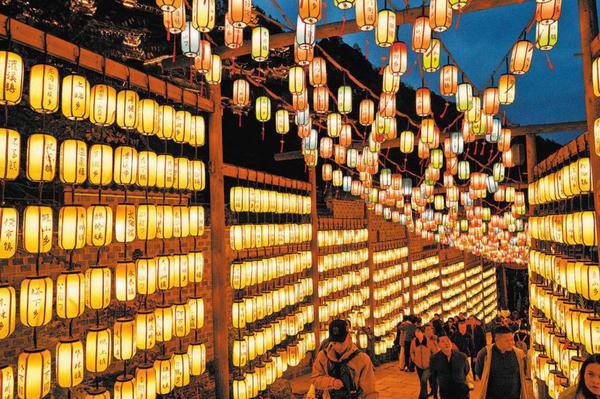
Tourists on a night tour of the scenic area. (Photo provided to CHINA DAILY)
Gradually, the mining site was developed into a cultural resort town — Wangxian Valley — integrating natural and cultural landscapes, folk custom experiences, and performance activities. In 2024, the scenic spot received 3.1 million tourists — over 150,000 of them were from overseas.
Su Huiyan, a sophomore college student from Hainan province, visited Wangxian Valley Scenic Area on July 11 after browsing posts about the scenic spot on the social media platform Xiaohongshu. "It's beyond my expectations. It's a mythical realm and the night scene is beautiful," she said.
The popularity of Wangxian Valley stimulates the formation of a cultural tourism industry cluster in surrounding townships. Currently, neighboring residents have opened about 1,100 homestays and 386 inns. It benefits about 100,000 local residents.
In 2020, Hu Mei, an external investor, opened a tea house in Wangxian township. As tourism grew, she saw an opportunity.
"There are more and more tourists. They need better accommodation," Hu said.
In May, she expanded her business by opening a hotel, which is less than 2 kilometers from the scenic spot. More than just a place to stay, her hotel offers a unique experience — complimentary transfers to scenic areas, tea-tasting sessions, and the chance to try on traditional ethnic costumes.
"We provide not only accommodation but also a space for tourists to slow down and enjoy themselves," she added.
The hotel operates in a building rented from Wangxian and Gelu villages, bringing the two villages an annual revenue of 369,000 yuan ($51,400) for the first five years. Hu's investment is clearly succeeding — her hotel's occupancy rate in July has already surpassed 90 percent.
The scenic area's development has also attracted locals returning to launch businesses. Wu Wenqiang, who worked as a graphic designer in an e-commerce company in Wuxi, Jiangsu province, returned to Wangxian in 2022. After initial success in running a guesthouse, he opened a rustic local cuisine restaurant to further complete his industrial chain.
"For me, the restaurant is not just a dining space, it's also a bond that connects tourism resources in my hometown as well as a starting point to bring local cuisine to more people," he added. In May, the restaurant's operational revenue reached 400,000 yuan.








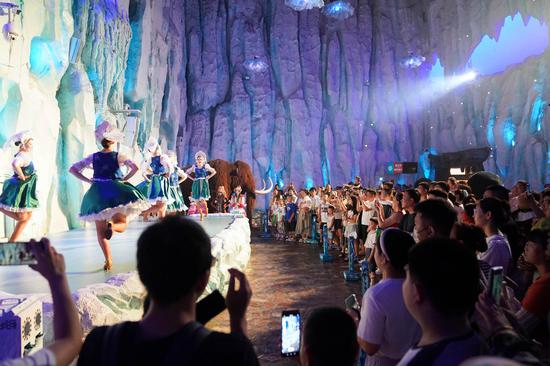
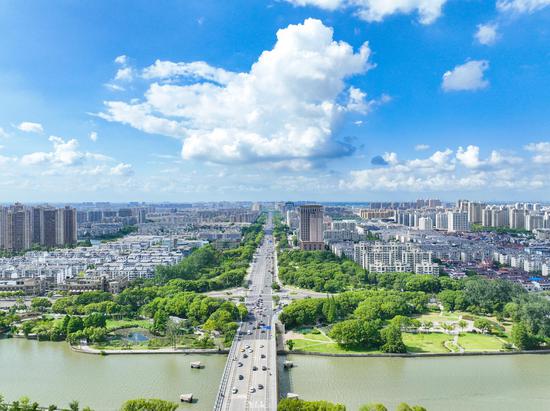



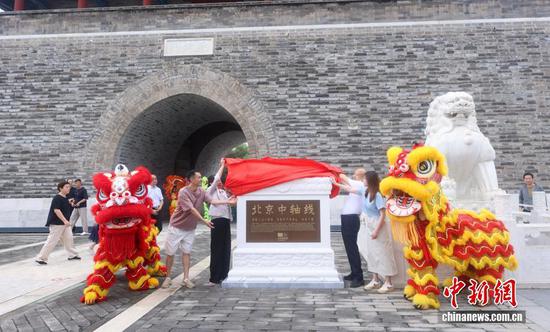

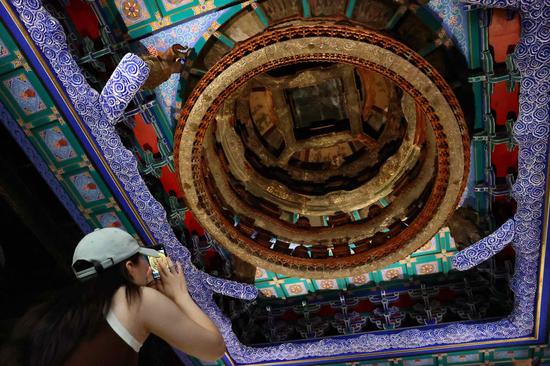
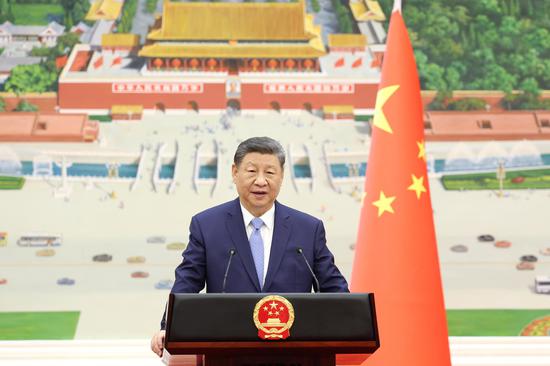
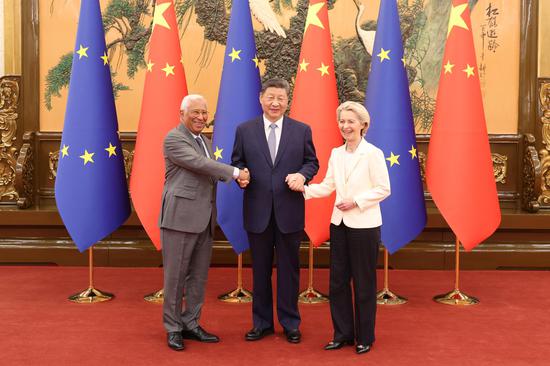
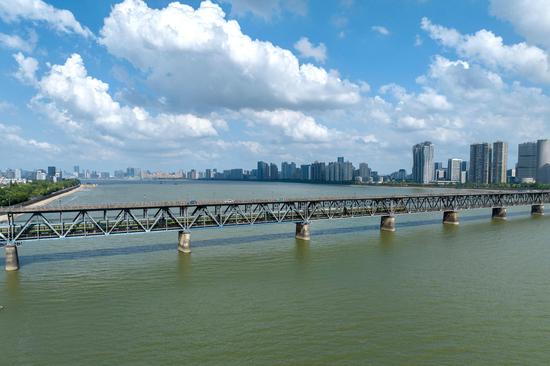


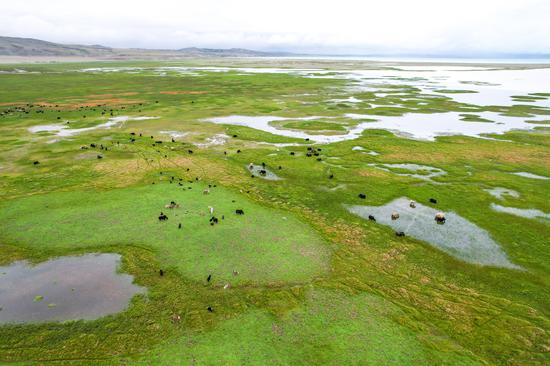




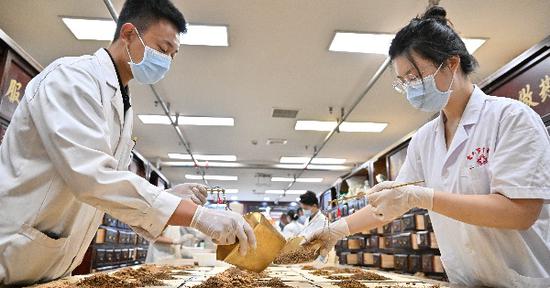

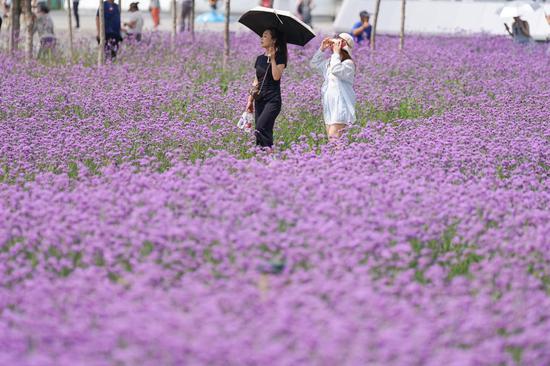
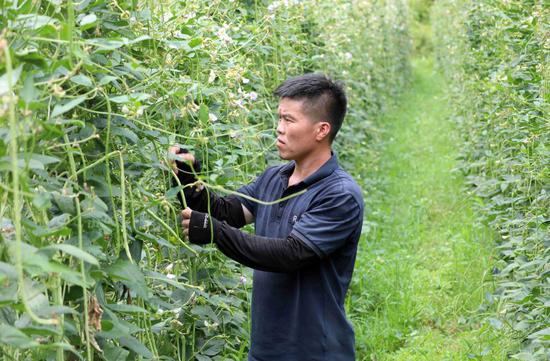
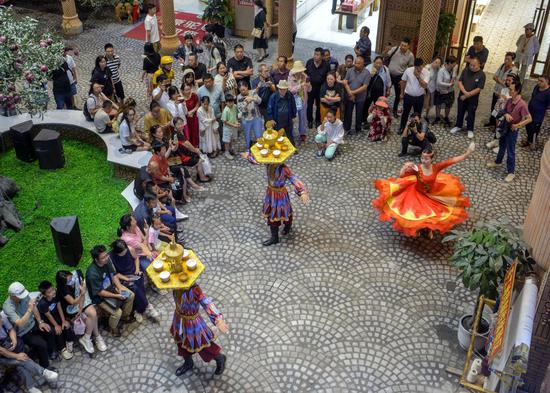




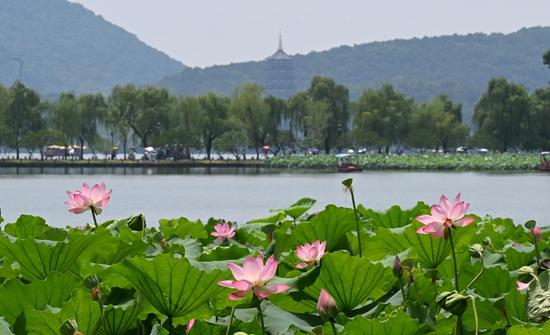
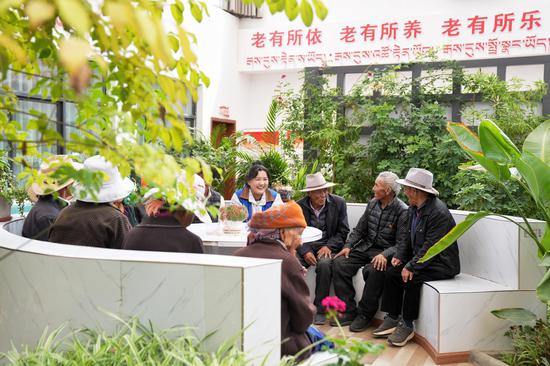













 京公網安備 11010202009201號
京公網安備 11010202009201號